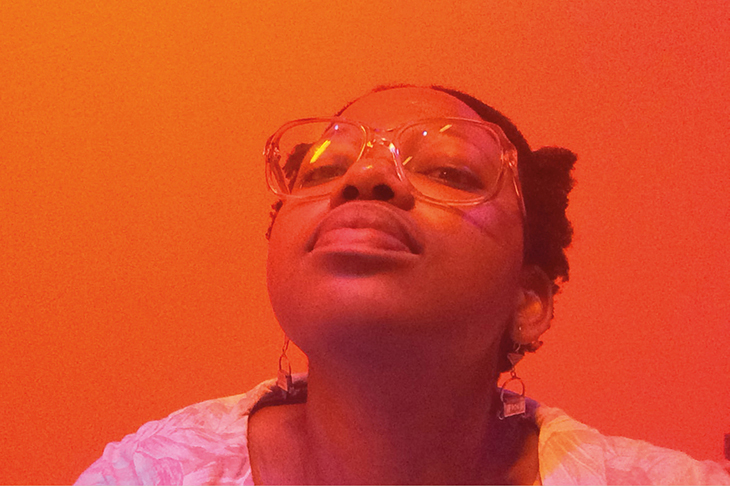Johannesburg
The playful and poetic multimedia installations of Dineo Seshee Bopape pose fundamental questions about how we experience the world. Incorporating video, sound, and archival images, as well as earthier materials such as soil and timber, the Johannesburg-based artist’s work tackles displacement, landlessness and the meaning of sovereignty. It also considers our rapidly changing relationship with nature in the Anthropocene era.
Bopape’s work is marked by a meticulous attention to the materials she uses and the associations they carry. In 2017, she won the Sharjah Biennial Art Prize for a group of found-object sculptures called +/- 1791 (monument to the haitian revolution 1791). Incorporating medicinal herbs local to Sharjah, as well as gold leaf, oils and earth collected from across Africa and the Middle East, the work drew on healing practices of the African diaspora and was inspired by the Haitian overthrow of French colonial rule in 1791. A site-specific installation at MoMA PS1, scheduled to open earlier this year but postponed by the pandemic, will be comprised of accumulations of earth and soil from the sites of historic slave revolts in New York, Montreal, and N’Der, Senegal.
Bopape grew up in Polokwane, before studying painting and sculpture in Durban and continuing her studies in Amsterdam and at Columbia University, New York. She was awarded the Future Generations Art Prize in 2017 and has had solo exhibitions at the Kwazulu Natal Society of Arts in Durban and the Palais de Tokyo in Paris.
+/- 1791 (monument to the haitian revolution 1791) (2017), Dineo Seshee Bopape, detail of an installation at the 13th Sharjah Biennial, 2017. Image courtesy of Sharjah Art Foundation
See more 40 Under 40 Africa Artists
